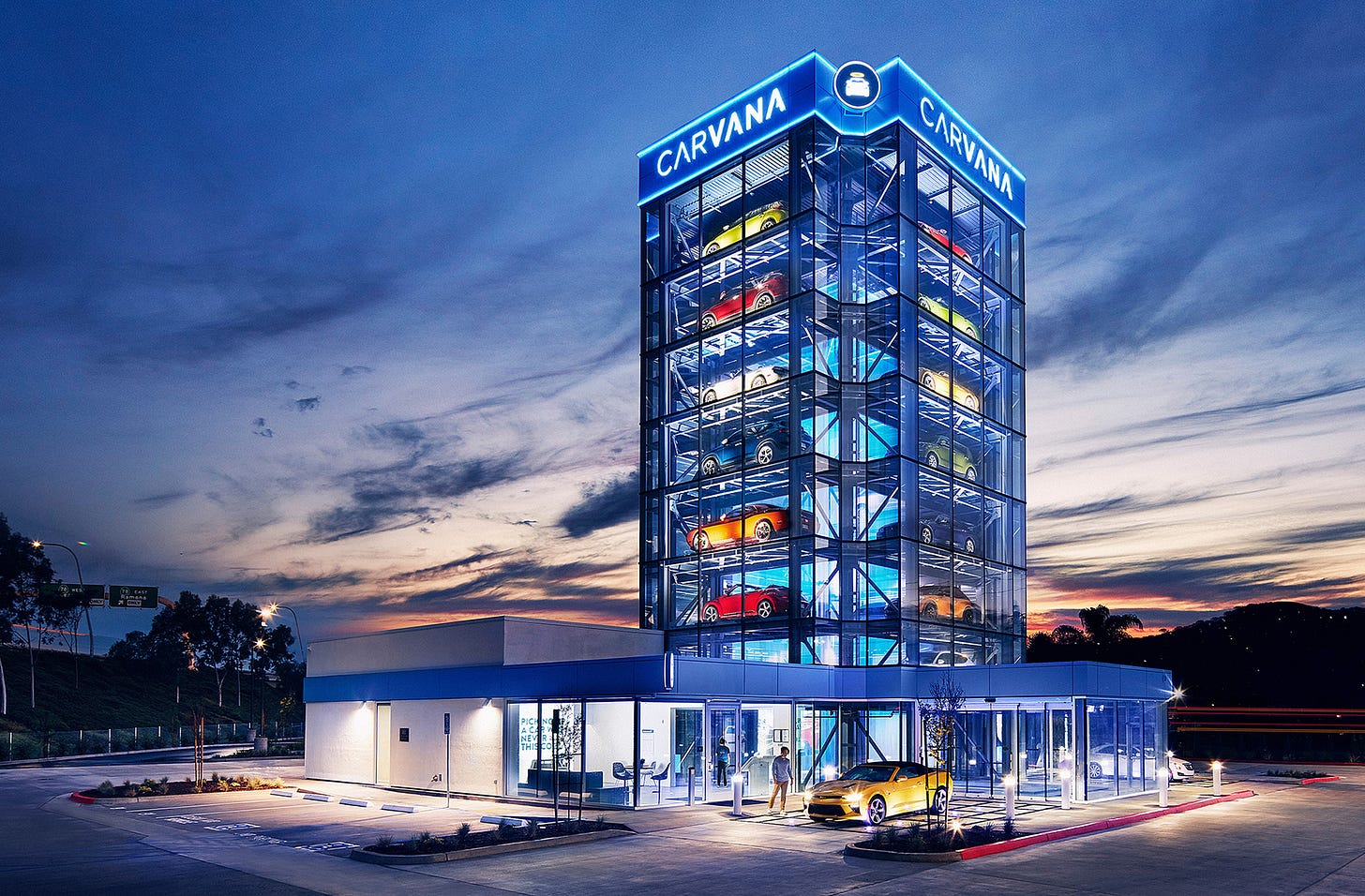Robert covers some miles on his bike. He has 21 bikes in all and rotates in and out of the fleet daily in his travels outside and around Escondido, California. For some reason, his sleek bikes seem European to me and have narrow tires about as wide as a piece of rigatoni. He often uses a bike instead of his car and averages over five to six thousand miles a year on a bike. I wonder if he realizes there’s an irony to his last name being Carr.
I’ll bump into him a few times a month, and we’ll sit outside a small but bustling coffee shop on Grand Ave and trade stories about life. I’m a newly minted e-bike rider, and although I’m nowhere in the same hemisphere as his bike riding, I do roll forward on two wheels and have questions.
Recently, I shared my concerns about road safety, and he steered me toward more legitimate concerns. Like anything, bike riding has things we fear and things should be fearing. He told me to delay my travel until after 9:30. He explained that by then, the volume of cars was down, and most everyone was where they needed to get to at a specific time.
Robert added that traffic is edgier when school is in—not merely at drop-off times but all day. The pace of life squeezes the space between vehicles in traffic on all sides. That’s the space bikes inhabit. Cars leave less room, close in on lanes faster, and are generally more impatient. He closed by saying that traffic sounds and feels different.
Awareness in the world
This awareness struck me as only something a person with five thousand miles moving next to traffic could make. He inhabited the world more immersively than nearly anyone I know or may ever know. I want to get nearer that. I think it’s still available.
Truly inhabiting the world in which we live in a fully felt way doesn’t come naturally. It does, but we’ve insulated ourselves from feeling much. We walk on thick pads of shoe soles, afraid to feel the surface we touch lest our feet be asked to work like feet were made. We spend endless hours on manufactured surfaces, breathing air through an air system.
A layer falls between us and many of our human experiences. Screens now deliver our loved ones we once touched and knew. We order at a kiosk so as not to enter a clumsy human interaction at a counter.
Next to the 15 near our house, I drive by a giant vending machine-looking thing with cars in it. I’m not sure why reducing the feel of a car buying experience to the act of buying a bag of chips is a move in the right direction, but it’s a choice in line with much of what technology has brought us in a box labeled as better than the last thing they gave us. Do you even get the new car smell anymore?
Where we are now
Our lived experience is sterile. We live in neighborhoods with investment overlords called HOAs that tell us what can and can not be done, all in preparation for the next wave of buyers of our houses. We dare not paint the walls in our homes a color the next potential buyer might not prefer. Whose house is this again? We don’t really live somewhere if we’re planning for the following people who might. Are we ever really anywhere?
The result is less connectivity to our world and each other. Ironically, we’re sold endless apps that claim to be a means of getting or staying connected.
Makeshift tables
Robert introduced me to Brian. The three of us shared stories about bees and birds (different from the birds and the bees stories). Brian also pointed out that the makeshift table where my books and coffee were sat was his addition to the coffee shop. It’s not Brian’s shop; he’s never worked there. He simply showed up one day with the materials and installed it. He added it’s great to put your things on. As if I wasn’t sure of the general function of tables, he offered why this particular one was good. A fact I loved hearing from its inventor.
Connectivity gives us the ability to “see the need—meet the need for the good of all.” However, it’s part of what we lose in the zero-sum game of disconnection and isolation for self-fulfillment and perfection.
Where we started
We know isolation is bad deep in our humanity. The entire creation of the universe was called good by its Creator. Only one thing was labeled not good: man’s aloneness, isolation, and disconnection—disconnection from humans and from all of the created world. The Creator invited us to enter the world and be a part of it. We’ve retreated from that only to recover what the Creator tried to end: isolation.
So, spread a makeshift public service project table of shared community value and pull up a chair to discuss the safety tips you can give for the flourishing and good of all. And a few bee stories over coffee.
Be well friends.





